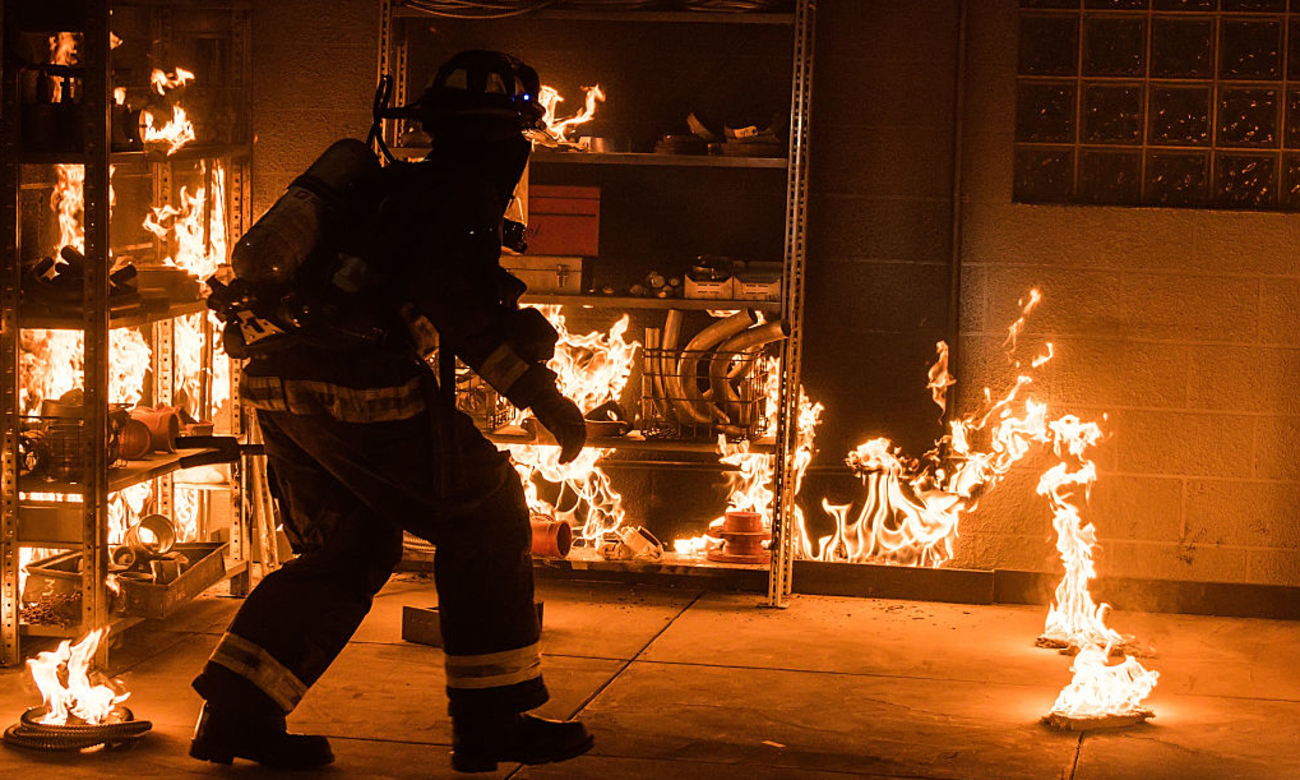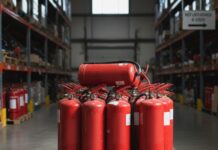Hey there, brave firefighters and concerned citizens alike! Today, we’re diving into a topic that’s both crucial and a bit unsettling—Aqueous Film-Forming Foam, or AFFF for short. This firefighting foam has been a game-changer since the ’60s, especially for tackling jet fuel and petroleum fires. But here’s the kicker: recent studies have raised some serious red flags about its safety. So, let’s get into it, shall we?
What Makes AFFF So Effective?
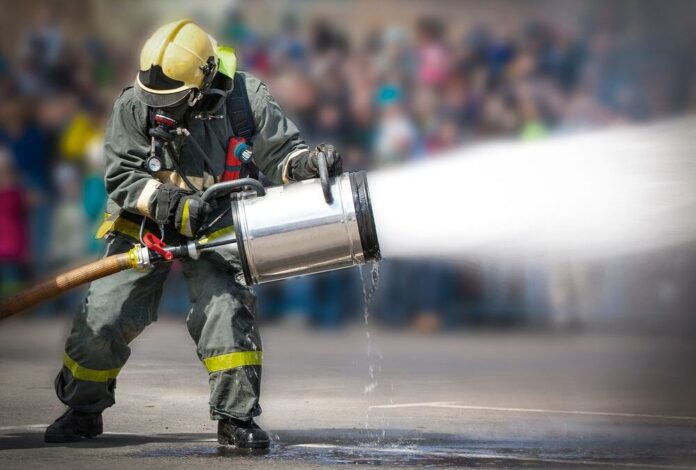
First off, let’s talk about why AFFF is so popular. Imagine a fire as a raging party that just won’t stop. AFFF is like a thick blanket that smothers the fire, cutting it off from the oxygen it needs to keep going. It’s like telling the fire, “Party’s over, buddy!”
The Chemical Culprits: PFAS
But what’s in this magical foam? The main ingredient is a group of chemicals known as PFAS (perfluoroalkyl and polyfluoroalkyl substances). Sounds complicated, right? The EPA labels these as “emerging contaminants,” which is basically their way of saying, “Hey, we need to keep an eye on these.”
The Dark Side: Health Risks
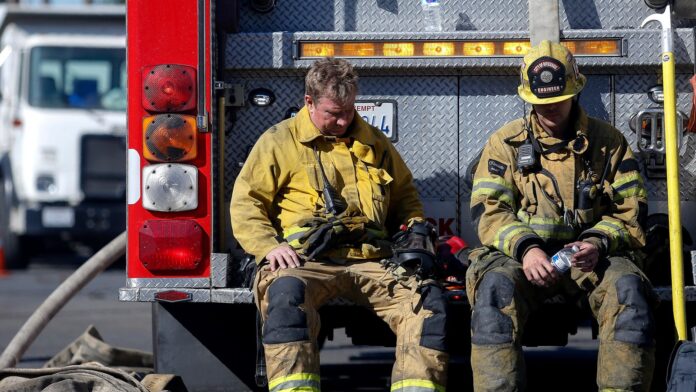
Now, let’s get to the nitty-gritty. Exposure to PFAS isn’t just a minor concern; it’s potentially life-altering. We’re talking about an increased risk of various types of cancer, from breast to prostate to leukemia. And that’s not all—there’s also a risk of thyroid disease and ulcerative colitis. Yeah, it’s that serious.
Real Stories, Real Concerns
Take John, a veteran firefighter who spent years at an airport fire station. He was diagnosed with thyroid cancer last year and is now part of an AFFF lawsuit. His story isn’t unique; it’s a growing concern that’s pushing many to seek legal action.
The Legal Landscape: AFFF Lawsuits
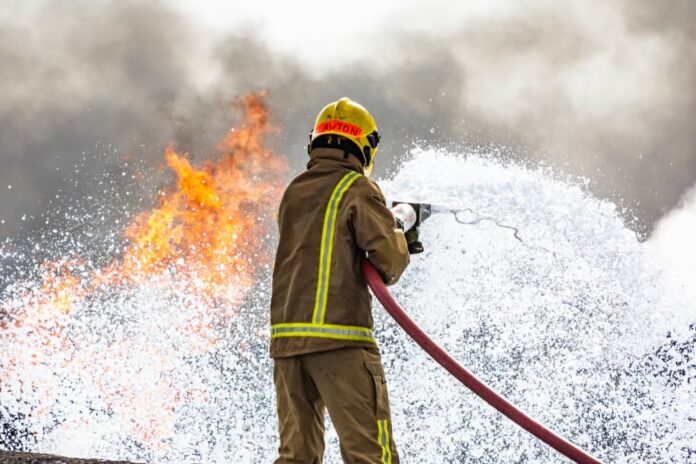
If you or someone you love has been exposed to AFFF and later diagnosed with cancer, you might be thinking, “What now?” Well, you could be eligible for compensation. Manufacturers have been under the microscope for their use of these dangerous chemicals, and lawsuits are piling up.
Who’s at the Highest Risk?
While all firefighters should be cautious, those at airports and military bases are at a heightened risk. Until 2018, airports were mandated to use this foam, and the military has been using it for about 60 years—even in training exercises!
What Can You Do?
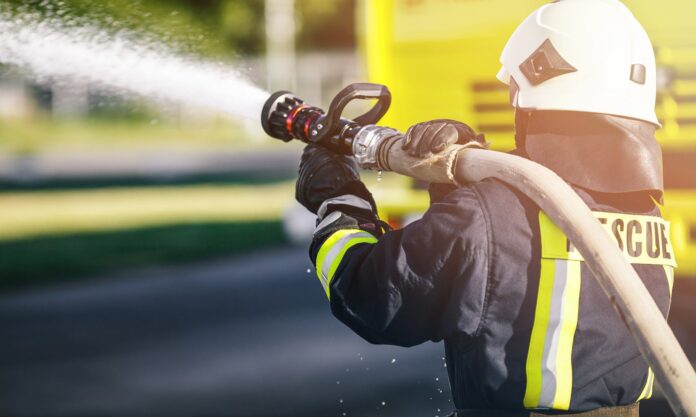
Knowledge is power, folks. If you’re in one of these high-risk jobs, take precautions. Use alternative foams if possible and always follow safety guidelines. And if you’ve been affected, know your rights. Legal avenues are available for you to seek the compensation you deserve.
Conclusion: A Call to Action
AFFF has been a lifesaver, no doubt about it. But we can’t turn a blind eye to the risks it poses. It’s time for firefighters and the community to come together, get informed, and take action. Because at the end of the day, the heroes who save our lives shouldn’t have to risk theirs.
So, what are you waiting for? Let’s make sure our firefighters are as protected as they protect us. Stay safe, everyone!

